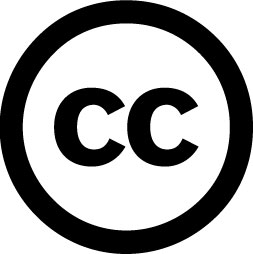Creative Commons
June 26, 2011 Leave a comment
reative Commons is not a license, as a lot of people use to think. It is an non-profit organisation. This organisation objective is to release license with the copyleft philosophy. The copyleft philosophy is based on giving the right to copy to the user instead of reserve it to the author, editor, or anyone else.
The software mustn’t be licensed under CC license because they are written for non-technical works. They can be used for books, pictures, music, photography, and also can be used for manuals and tutorials. Legally you can use it for software, but it is not recommended. If you are looking for free license for software you can take a while reading about GPL, BSD, Apache….
CC licenses reserve or left different rights:
Attribution: This right is always reserved. This right is common for all CC license, Most countries reserve this right to the author independently of the license. Of course all derived works must respect this attribution.
Share-Alike: All the copies and derived works must have the same license of original one.
No-Derivatives: You can copy the work always with the same license, but you cannot use is for derived works.
No-Commercial: The work and it’s derived works cannot be used for commercial purposes.
The CC license use to combine the rights. So this are all the possible CC license:
Attribution (CC-BY)
Attribution Share Alike (CC-BY-SA)
Attribution No Derivatives (CC-BY-ND)
Attribution Non-Commercial (CC-BY-NC)
Attribution Non-Commercial Share Alike (CC-BY-NC-SA)
Attribution Non-Commercial No Derivatives (CC-BY-NC-ND)
As I said at the CC is a organitation that create copyleft licenses. This organisation does a contribution to all the world because most of the writers, artists, musicians didn’t know about laws and licenses. So CC gave to the community legal texts to allow them to share their works without needing have law knowledge. It’s usually that if you distribute any work, by default, you have all rights reserved, so it’s very important to add the license to the works.
One important benefit of CC is the unification of copyleft licenses. This is good thing because this allow to combine different works to create a new one under the same license. Without this there could be some restrictions avoiding this type o combination.
We have to be thankful to CC organisation to allow everybody to share their works legally.
Oficial Web:


